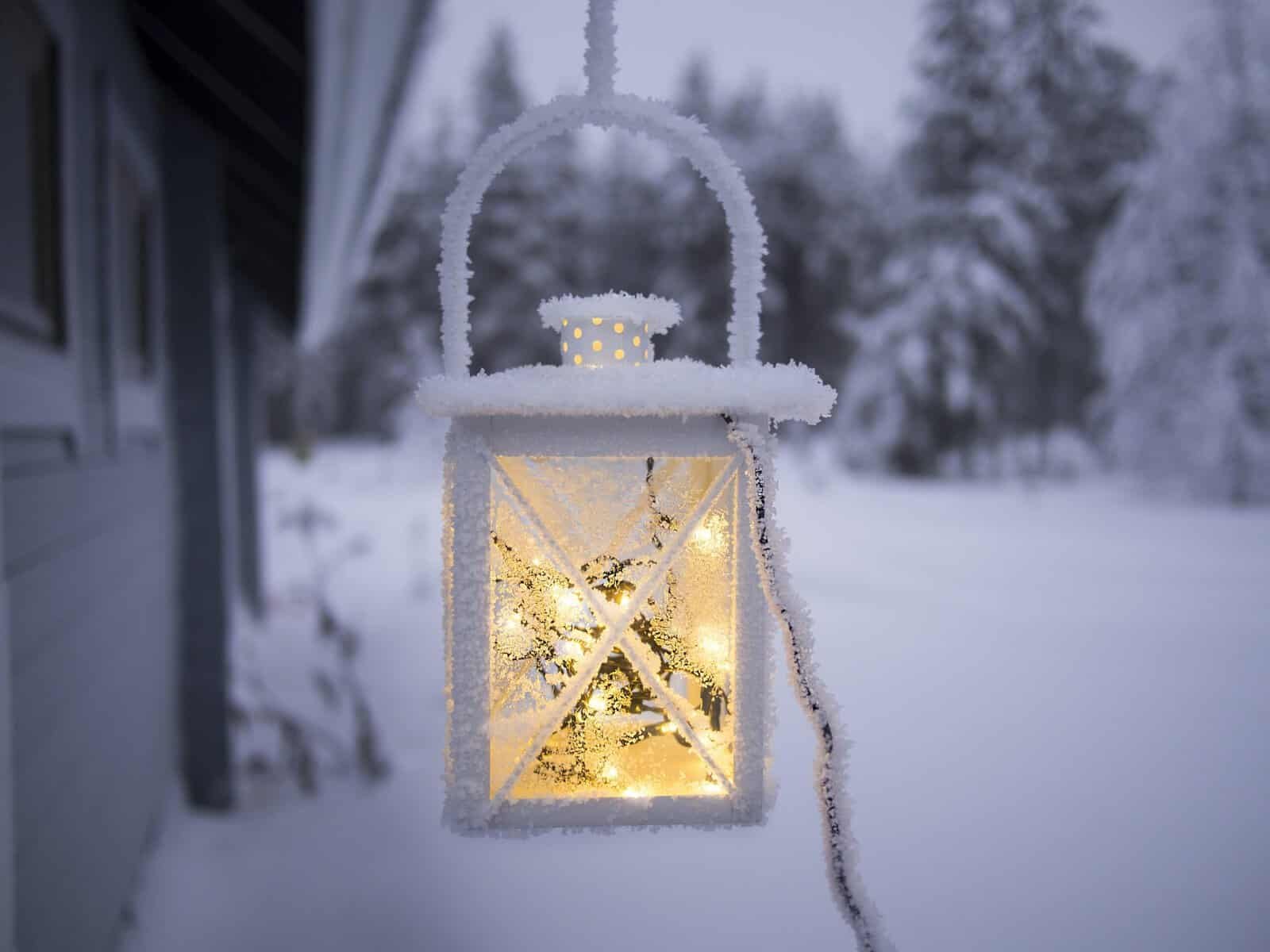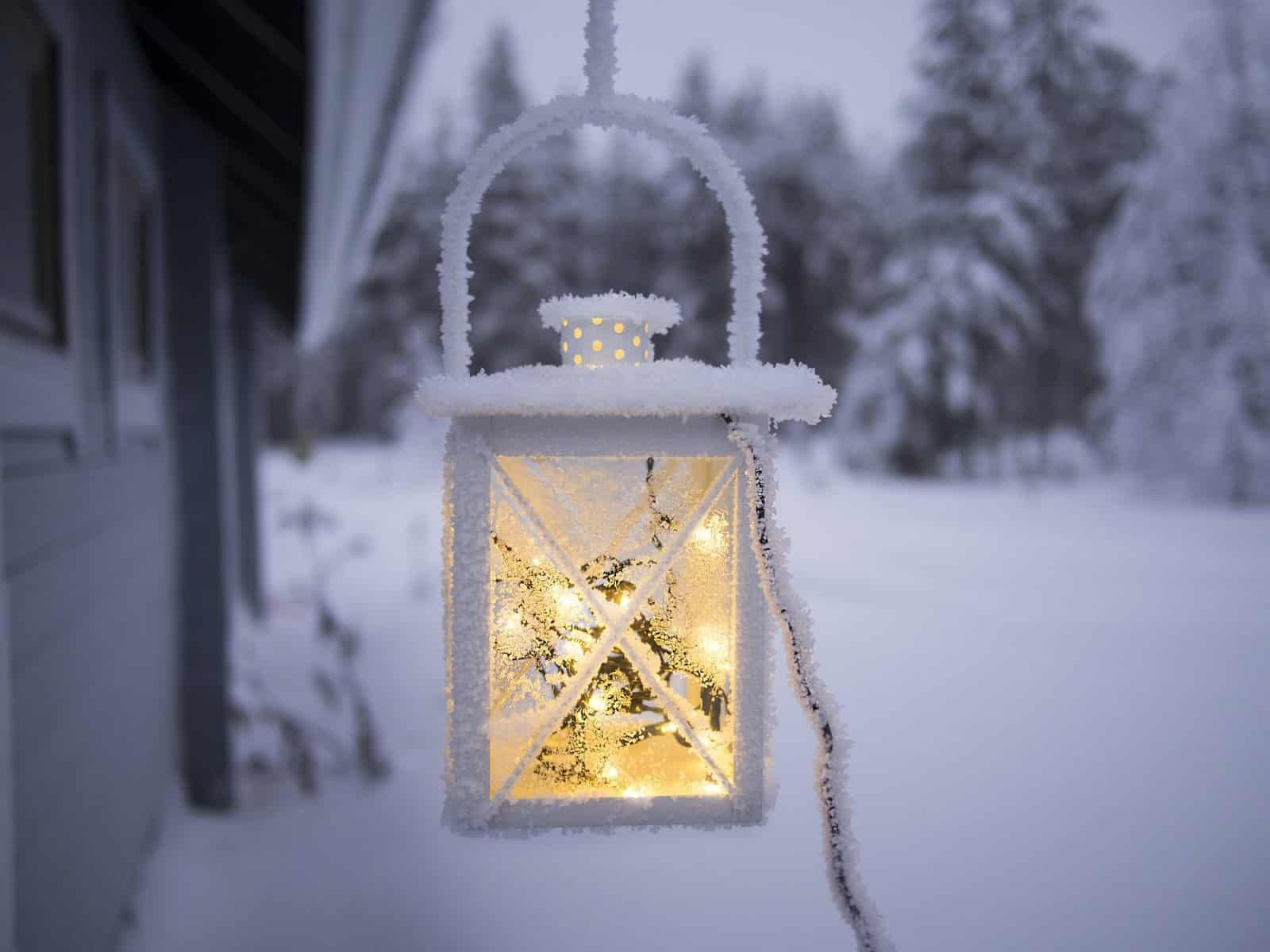During the winter or colder months, it’s important to know how to properly care for your nopal cactus to ensure its health and survival. From protecting it from frost to adjusting its watering schedule, these simple tips will help you provide the necessary care for your nopal during the chilly season. Whether you’re a seasoned cactus enthusiast or a beginner, learning how to care for your nopal during winter will help you maintain a lush and thriving plant all year round. So, read on to discover the essential steps to keep your nopal happy and thriving during the colder months.
1. Understanding the Nopal Plant
1.1 What is Nopal?
Nopal, also known as Opuntia, is a type of cactus that is native to and commonly found in arid regions, particularly in Mexico and other parts of North and South America. It is known for its flat, paddle-shaped stems, which are covered in spines. This succulent plant belongs to the Cactaceae family and is widely cultivated for its edible pads, fruits, and medicinal properties.
1.2 Characteristics of Nopal
Nopal plants are highly adaptable and can thrive in various climates, including both dry and cold environments. They have a unique ability to store water in their fleshy pads, which allows them to survive drought periods. The pads are green in color and have a thick, waxy coating to prevent water loss. They are also covered in spines that provide protection against herbivores.
1.3 Importance of Caring for Nopal During Winter
While nopal is resilient and can withstand challenging conditions, it still requires proper care during winter or colder months. Cold temperatures, frost, and reduced sunlight can negatively impact the health and growth of nopal plants. Therefore, it is crucial to take necessary precautions and provide appropriate care to ensure the plant’s survival and maintain its overall well-being.
2. Preparing Nopal for Winter
2.1 Inspecting the Plant
Before winter arrives, it is essential to inspect your nopal plant for any signs of damage, disease, or pest infestations. Look for discolored or withering pads, spots, rot, or evidence of pests such as bugs or spiders. Identifying and addressing these issues early on will help prevent further damage and ensure a healthy plant during the winter season.
2.2 Cleaning and Pruning
Cleanliness is crucial when preparing nopal for winter. Remove any fallen debris, dead leaves, or weeds around the plant, as they can harbor pests or diseases. Pruning is also beneficial, as it promotes better airflow and reduces the risk of fungal diseases. Trim any damaged or excessively long pads, making sure to use clean, sharp shears to prevent any further damage.
2.3 Applying Fertilizer
Providing adequate nutrients to your nopal before winter can enhance its resilience and overall health. Apply a balanced fertilizer specifically formulated for cacti and succulents, following the instructions on the package. This will ensure that your plant has sufficient nutrients to sustain itself through the colder months when it may not be actively growing.
2.4 Mulching the Nopal Bed
Mulching around the nopal bed can help regulate soil temperature and retain moisture, which is particularly important during winter. Use a layer of organic mulch such as wood chips, straw, or dry leaves. Apply a thick layer around the base of the plant, avoiding direct contact with the stems or pads. This layer will act as insulation, protecting the roots from extreme temperatures and preventing moisture loss.

3. Protecting Nopal from Frost
3.1 Creating a Microclimate
Creating a microclimate around your nopal plants can help protect them from frost damage. Place large rocks or bricks near the plants, as they absorb heat during the day and release it at night, providing some protection against freezing temperatures. Additionally, positioning the nopal in a sheltered spot, such as against a wall or near other plants, can help create a warmer microclimate.
3.2 Covering the Nopal Plants
Covering your nopal plants with a lightweight, breathable fabric, such as horticultural fleece or burlap, can provide extra protection from frost. Before covering, ensure that the plant is dry to prevent moisture buildup, which can lead to fungal diseases. Secure the fabric loosely around the plant, avoiding wrapping it too tightly, as this can restrict airflow.
3.3 Using Frost Blankets
In areas with severe frost, using frost blankets can provide additional insulation. These blankets are made from breathable material and can be draped over the nopal plants. They allow sunlight and moisture to penetrate while providing a barrier against cold temperatures. Frost blankets are especially beneficial for smaller or more delicate nopal varieties.
3.4 Installing Heat Sources
To supplement protection against frost, installing heat sources near your nopal plants can help maintain a suitable temperature. Some options include using outdoor heaters, heat lamps, or even incandescent light bulbs. Place the heat sources at a safe distance from the plants and adjust the intensity depending on the severity of the cold weather conditions.
4. Watering Nopal in Cold Weather
4.1 Adjusting Watering Frequency
During winter, it is crucial to adjust the watering frequency for your nopal plants. As the plant enters a dormant phase, its water requirements decrease. Allow the soil to dry out partially between waterings to prevent overwatering, which can lead to root rot. Aim to water your nopal sparingly, but deeply, ensuring that the soil is moist but not saturated.
4.2 Monitoring Soil Moisture
Regularly monitor the moisture level of the soil to ensure that it doesn’t become too dry or overly saturated. Insert your finger into the soil up to the first knuckle. If the soil feels dry at this depth, it’s time to water your nopal. If the soil feels damp or moist, postpone watering and check again after a few days.
4.3 Avoiding Overwatering
Overwatering is a common mistake during winter, as the reduced sunlight and lower temperatures slow down the plant’s metabolic processes. Avoid leaving water sitting in saucers or containers beneath the plant, as excessive moisture can lead to root rot and other fungal diseases. Always ensure proper drainage to prevent waterlogged soil conditions.

5. Maintaining Humidity Levels
5.1 Using a Humidifier
Maintaining adequate humidity levels is crucial for the well-being of nopal plants during the winter months, especially when indoor heating systems tend to dry the air. Consider using a humidifier near your nopal plants, particularly if they are kept indoors. A humidifier adds moisture to the air, creating a more favorable environment for the plants.
5.2 Grouping Nopal Plants Together
Grouping your nopal plants together can create a naturally humid microclimate. When grouped, the plants release moisture through transpiration, increasing the humidity levels around them. This can also help reduce water loss from individual plants, as they collectively create a more conducive environment for moisture retention.
5.3 Misting the Nopal Plants
Misting your nopal plants with water can provide temporary relief from dry air and help maintain humidity levels. Use a fine mist sprayer to lightly mist the pads, ensuring that the water droplets are small and do not accumulate. Aim to mist in the morning or early afternoon, allowing the droplets to dry before nighttime, which can prevent fungal issues.
6. Providing Sufficient Light
6.1 Placing Nopal Near a Window
Nopal plants require adequate sunlight, even during winter. Place them near a window that receives bright, indirect light for most of the day. South-facing windows are generally ideal, as they receive the most sunlight. Monitor the light exposure and adjust the position accordingly to ensure the plants receive the optimal amount of light.
6.2 Using Grow Lights
In areas with limited natural light or if you’re keeping nopal plants indoors, supplementing with grow lights can be beneficial. LED or fluorescent grow lights provide the necessary spectrum of light for plant growth and can support healthy photosynthesis during the winter months. Position the lights according to the manufacturer’s instructions and adjust the height as the plants grow.
6.3 Rotating the Nopal Plants
To ensure that all parts of your nopal plant receive adequate light, rotate them regularly. This will prevent uneven growth and help each pad receive equal exposure. Rotate the plant about 90 degrees once or twice a week, ensuring that all sides receive sufficient light. This will promote more uniform growth and prevent the plant from leaning towards the light source.
7. Monitoring Temperature
7.1 Using a Thermometer
Monitoring the temperature around your nopal plants is essential to ensure they are not exposed to extreme cold or heat. Place a thermometer near the plants to monitor the ambient temperature accurately. This will help you take appropriate measures to protect the plants if the temperature drops below their tolerance level.
7.2 Protecting Nopal from Extreme Temperatures
If your nopal plants are kept outdoors and the temperature drops to dangerous levels, consider moving them indoors temporarily. Nopal plants can suffer damage or die if exposed to prolonged freezing temperatures. Alternatively, erecting temporary structures, such as cold frames or plant shelters, can provide additional protection against extreme cold.
8. Preventing Pest Infestations
8.1 Inspecting for Pests
During winter, nopal plants can still be vulnerable to pest infestations, especially if they are being kept indoors or in close proximity to other houseplants. Regularly inspect the plants for signs of pests, including aphids, mealybugs, scale insects, or spider mites. Look for yellowing or distorted pads, webs, or visible insects on the plant’s surface.
8.2 Applying Natural Pest Control Methods
If pests are detected, consider using natural pest control methods before resorting to chemical pesticides. Neem oil, insecticidal soaps, or a mixture of water and mild dish soap can be effective at combating many common pests. Apply these solutions according to the product instructions, ensuring thorough coverage of the affected parts of the plant.
8.3 Using Pesticides as a Last Resort
If natural pest control methods prove ineffective and the infestation persists, using pesticides may be necessary as a last resort. However, exercise caution and carefully follow the instructions on the pesticide label. Choose an appropriate product for cacti and succulents, and apply it sparingly to prevent any adverse effects on the nopal plant or the environment.
9. Monitoring Nopal’s Health
9.1 Checking for Signs of Stress
Regularly check your nopal plants for any signs of stress or decline during the winter months. Look for wilting, yellowing, or shriveling pads, which could indicate nutrient deficiencies, disease, or inadequate care. Addressing these issues promptly can help prevent further damage or ensure timely treatment.
9.2 Addressing Diseases or Nutrient Deficiencies
If you observe any signs of disease or nutrient deficiencies in your nopal plants, it is crucial to take appropriate action. Research common diseases and nutrient deficiencies that affect nopal plants, and consult gardening resources or experts to diagnose and treat the specific issues. Applying targeted treatments, such as fungicides or specialized fertilizers, can help restore the plant’s health.
9.3 Consulting with a Professional
If you are unsure about how to address specific problems or if your nopal plants continue to struggle despite your best efforts, it is advisable to seek professional assistance. Garden centers, local horticulturists, or plant nurseries can provide valuable advice and guidance tailored to your specific situati


